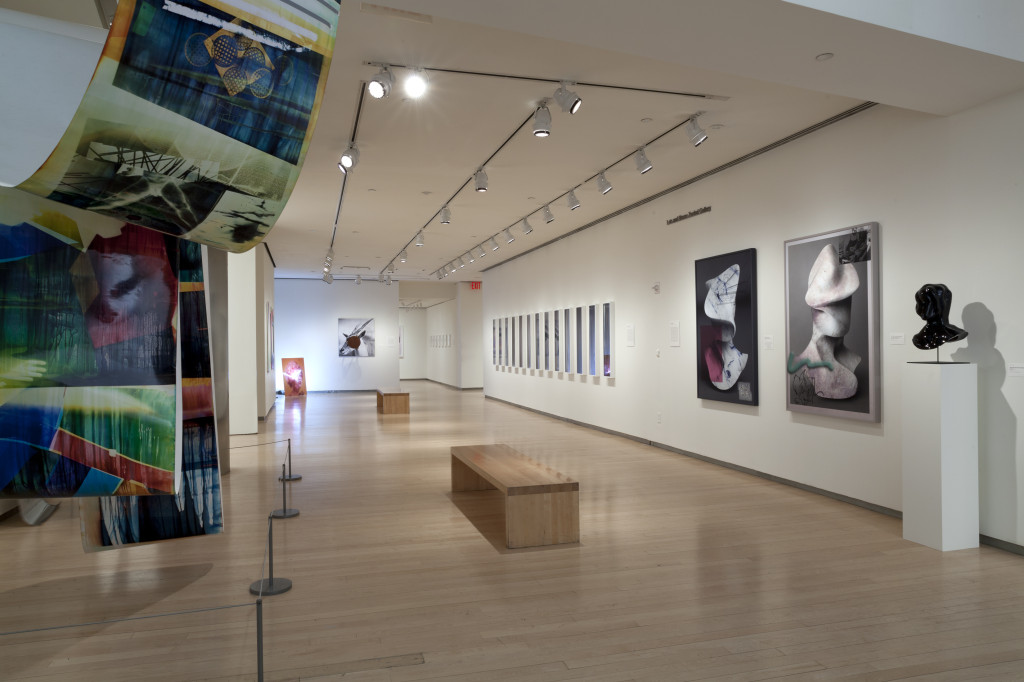 |
| Robert Heinecken (American, 1931–2006). Are You Rea #1. 1964–68. Lithograph, 10 13/16 x 7 7/8" (27.4 x 20cm). Mr. and Mrs. Clark Winter Fund. © 2013 The Robert Heinecken Trust (Image Sourced from MoMA) |
Opening today in New York, the press release for Robert Heinecken: Object Matter describes it as "the first retrospective of the groundbreaking work of Robert Heinecken since his death in 2006. [Heinecken] came of age artistically in 1960s Los Angeles, where the burgeoning art scene and proximity to Hollywood provided fertile ground for experimentation. In this environment Heinecken—alongside peers making Pop art and Conceptual art—pushed the boundaries between mediums and between high and popular culture. Drawing on the countless pictures in magazines, books, pornography, television, and even consumer items such as TV dinners, Heinecken used found images to explore the manufacture of daily life by mass media and the relationship between the original and the copy, both in art and in our culture at large. Thriving on contradictions, friction, and disparity, his examination of American attitudes toward gender, sex, and violence was often humorous and always provocative."
Click
HERE to view additional images and read more about the exhibition.

